Imagine drifting beneath the sun-kissed waves off Florida’s coast, where shimmering fish dart above ancient secrets lost to the sea. Here, beneath the tranquil turquoise surface, lies a hidden world teeming with relics of a bygone era—a time when mammoths roamed and early humans shaped their destinies on sun-drenched plains now swallowed by the ocean. Florida’s underwater archaeological sites beckon with mystery, inviting us to explore lost landscapes, forgotten shipwrecks, and the haunting remnants of prehistoric life. These submerged wonders hold not only the artifacts of the past, but also the stories of resilience, adaptation, and survival that bind us to the earliest chapters of human history.
The Sunken Landscape: Florida’s Prehistoric Transformation
Long before the familiar palm-fringed beaches, Florida was a vast dry plain extending far beyond today’s coastline. During the last Ice Age, sea levels were over 100 feet lower than they are now, revealing miles of land that is currently underwater. As glaciers melted and oceans rose, this landscape slowly disappeared beneath the waves, taking with it forests, animal herds, and traces of ancient peoples. Today, this hidden world is a treasure trove for underwater archaeologists, offering a rare glimpse into environments that vanished thousands of years ago. Discoveries from these submerged plains provide crucial clues about Earth’s climatic past and the adaptability of its earliest inhabitants. The very ground beneath the Gulf of Mexico and Atlantic now serves as a time capsule, waiting for curious explorers to unlock its secrets.
Finding the First Floridians: Evidence Beneath the Waves
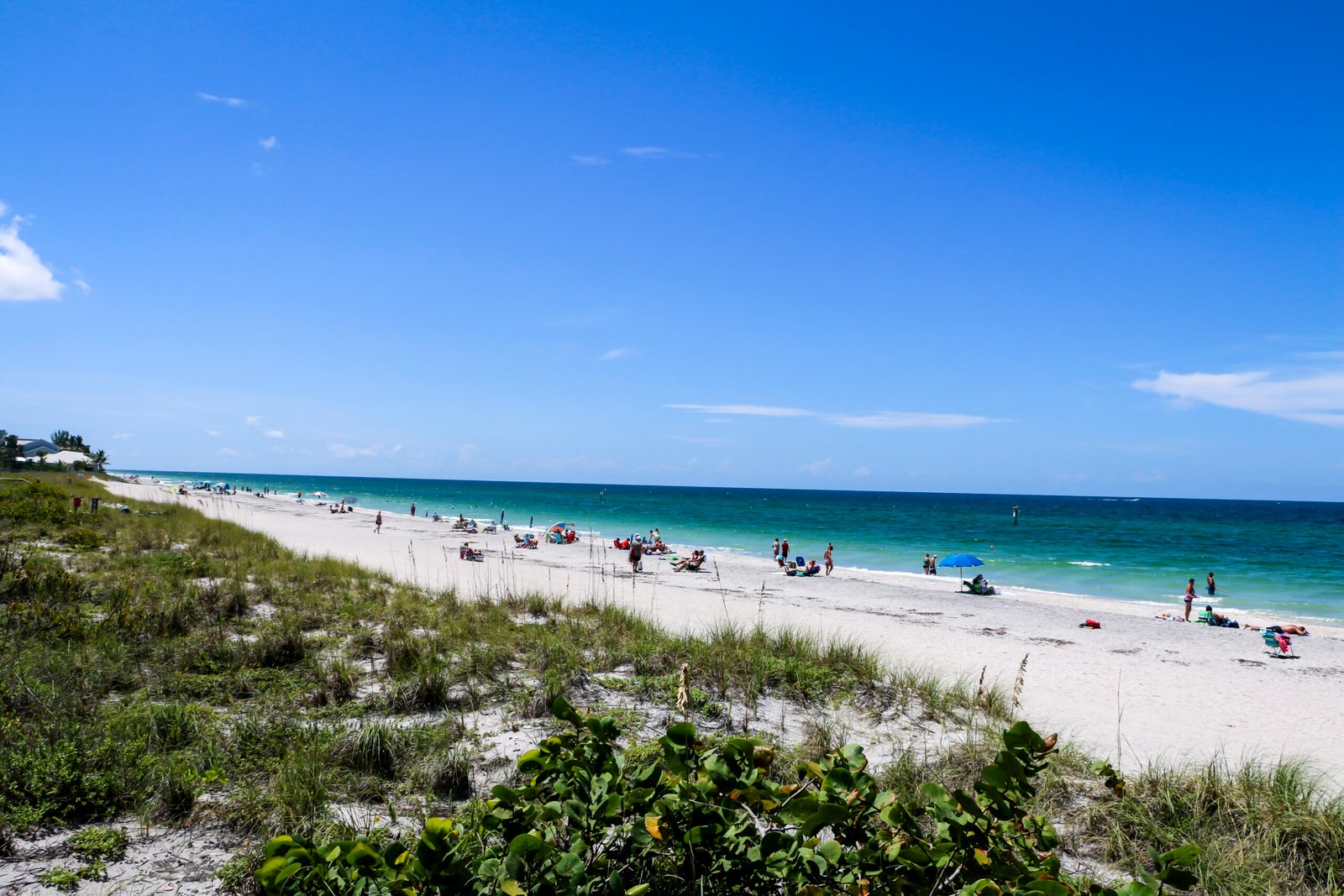
It might surprise you to learn that some of North America’s oldest human remains have been discovered underwater along Florida’s coasts. Sites like the Page-Ladson and Manasota Key Offshore sites have yielded ancient tools, bones, and even human burials, preserved in the quiet darkness for millennia. The Page-Ladson site, for example, revealed stone blades and mastodon bones from over 14,500 years ago—evidence that people lived in Florida long before the rise of pyramids or the invention of the wheel. These discoveries force us to rethink the timeline of human migration and challenge assumptions about how early people survived and thrived in changing environments. Each artifact found underwater is a puzzle piece, painting a richer picture of Florida’s role in prehistoric journeys.
Underwater Springs: Oases of Preservation
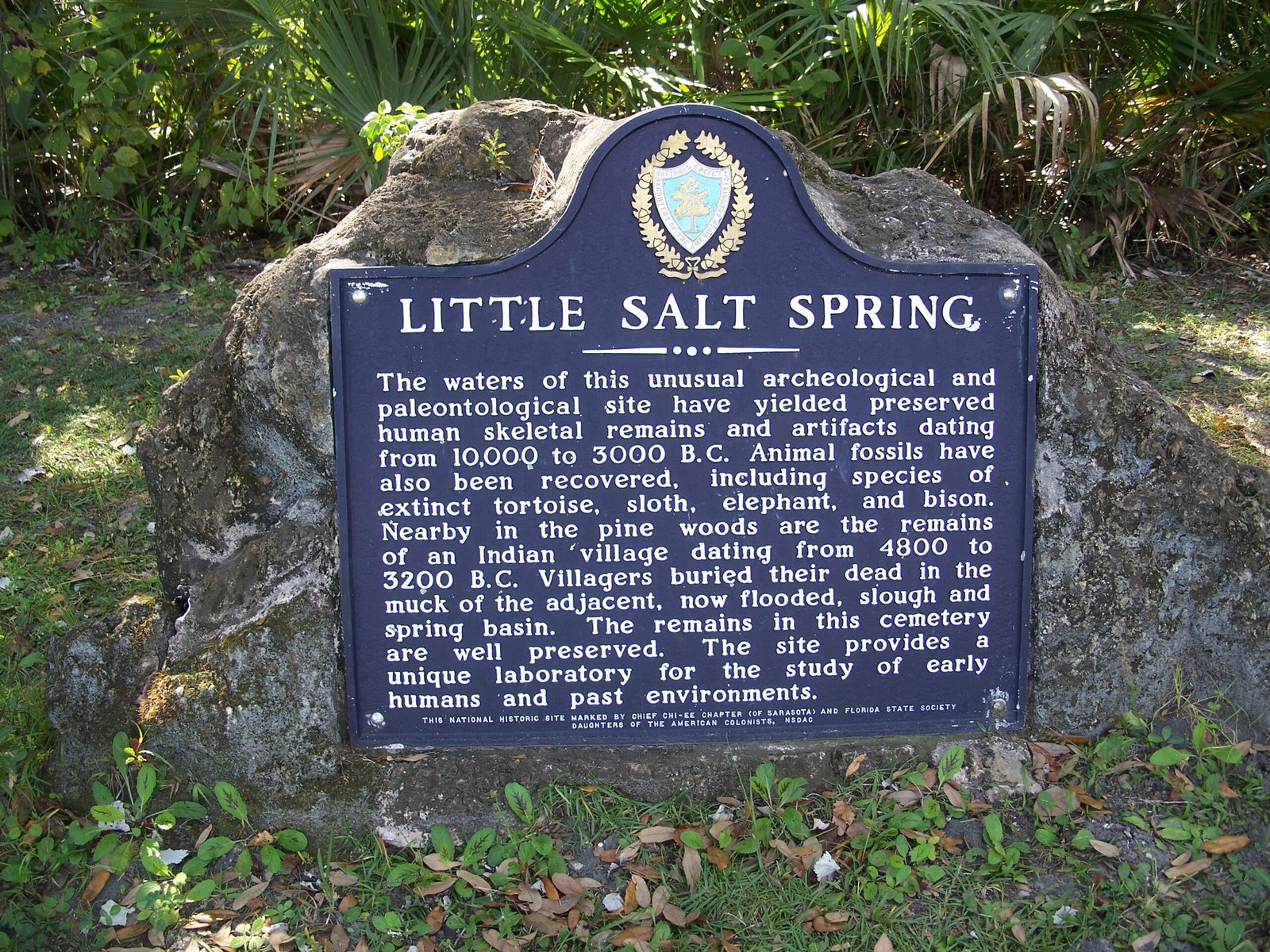
Florida’s legendary freshwater springs are not just natural wonders—they’re also archaeological vaults, preserving organic materials that would have decayed elsewhere. Springs like Warm Mineral Springs and Little Salt Spring have yielded astonishing finds, from ancient wooden artifacts to the bones of extinct animals. The cool, oxygen-poor water slows decay, allowing delicate items like woven baskets, wooden spears, and even ancient textiles to survive for thousands of years. These sites offer rare opportunities to study fragile evidence of daily life that normally vanishes with time. For scientists, finding a perfectly preserved wooden stake or a piece of woven cloth from thousands of years ago is nothing short of miraculous—a window into vanished skills, diets, and rituals.
Shipwrecks and Lost Vessels: Echoes of Exploration
Florida’s underwater realm is not only rich with prehistoric relics, but also with the remains of ships that met their fate on its treacherous reefs and shifting sands. From Spanish galleons laden with treasure to humble trading vessels, these wrecks tell tales of adventure, hope, and tragedy. The 1715 Treasure Fleet, for instance, sank in a hurricane off Florida’s east coast, scattering gold and silver along what is now called the Treasure Coast. Each shipwreck site is a time capsule, preserving the possessions, cargo, and even the daily routines of those who sailed centuries ago. Exploring these sites connects us emotionally to the dreams and dangers faced by past generations venturing into the unknown.
Submerged Habitats: Ice Age Animals Underwater
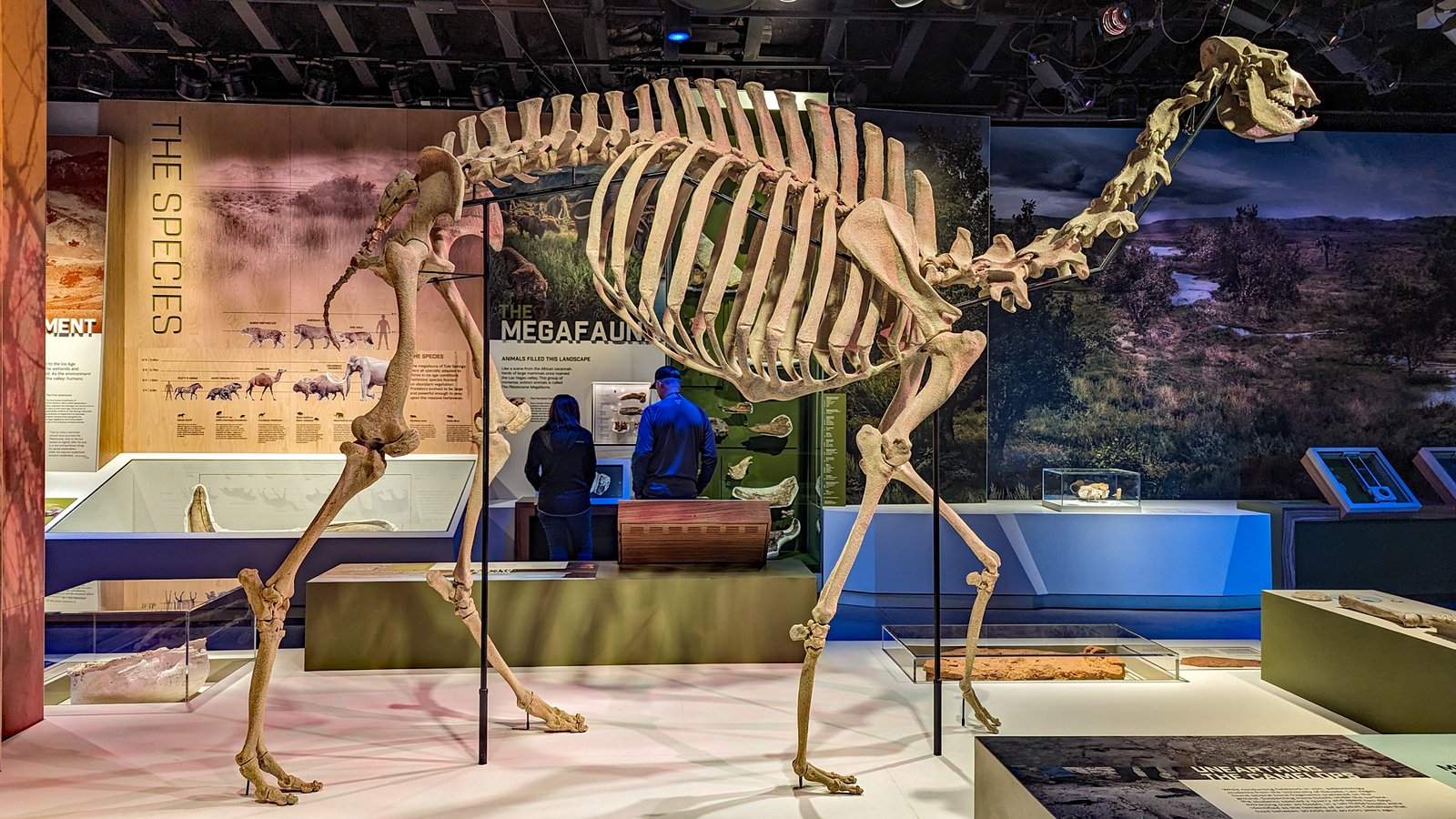
Beneath Florida’s waves lie the fossilized bones of creatures that once roamed dry grasslands—giant mammoths, saber-toothed cats, and towering ground sloths. Sites such as the Aucilla River and offshore Gulf platforms have produced remarkable fossil assemblages, revealing a menagerie that vanished with the changing climate. Divers have recovered tusks, teeth, and bones nestled among ancient riverbeds and springs, offering a glimpse into ecosystems radically different from today’s swamps and wetlands. These discoveries deepen our understanding of extinction, migration, and environmental change, reminding us of the ever-shifting nature of life on Earth.
Innovative Archaeology: Tools of the Underwater Trade
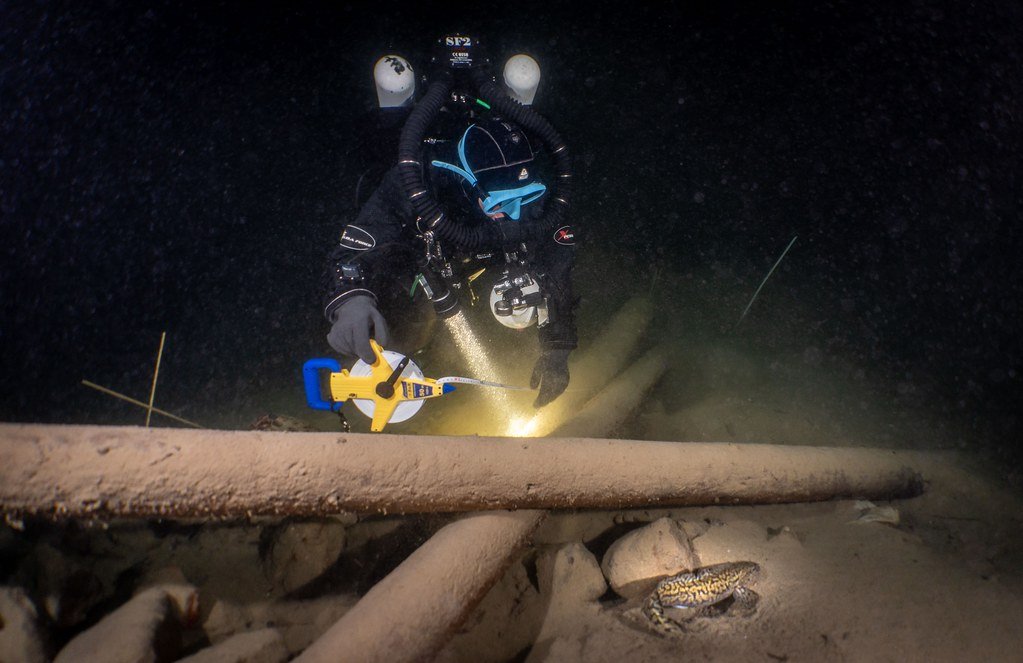
Exploring Florida’s sunken sites is no easy feat—it requires ingenuity, patience, and cutting-edge technology. Archaeologists use sonar mapping, underwater drones, and advanced diving equipment to locate, document, and carefully excavate fragile artifacts. These tools allow them to create detailed maps and 3D models of submerged landscapes, revealing features like ancient river channels, camp sites, and burial mounds. Underwater excavation is painstaking work, often carried out in murky, current-swept conditions. But every discovery brings excitement: a chipped stone tool or a fragment of pottery can change everything we thought we knew about Florida’s past.
Climate Change and Rising Seas: A Race Against Time
As sea levels continue to rise due to modern climate change, Florida’s submerged treasures face new threats. Erosion, storms, and shifting sands can expose, damage, or even erase archaeological sites before they can be studied. Scientists and preservationists are in a race against time, working to locate and protect these irreplaceable resources. The urgency is palpable—every hurricane season brings the risk of losing ancient evidence forever. By studying how prehistoric people adapted to rising seas, we can also gain insights into the challenges facing coastal communities today. The past and present are woven together beneath the waves, urging us to act before these secrets are lost for good.
The Mystery of Underwater Burial Sites
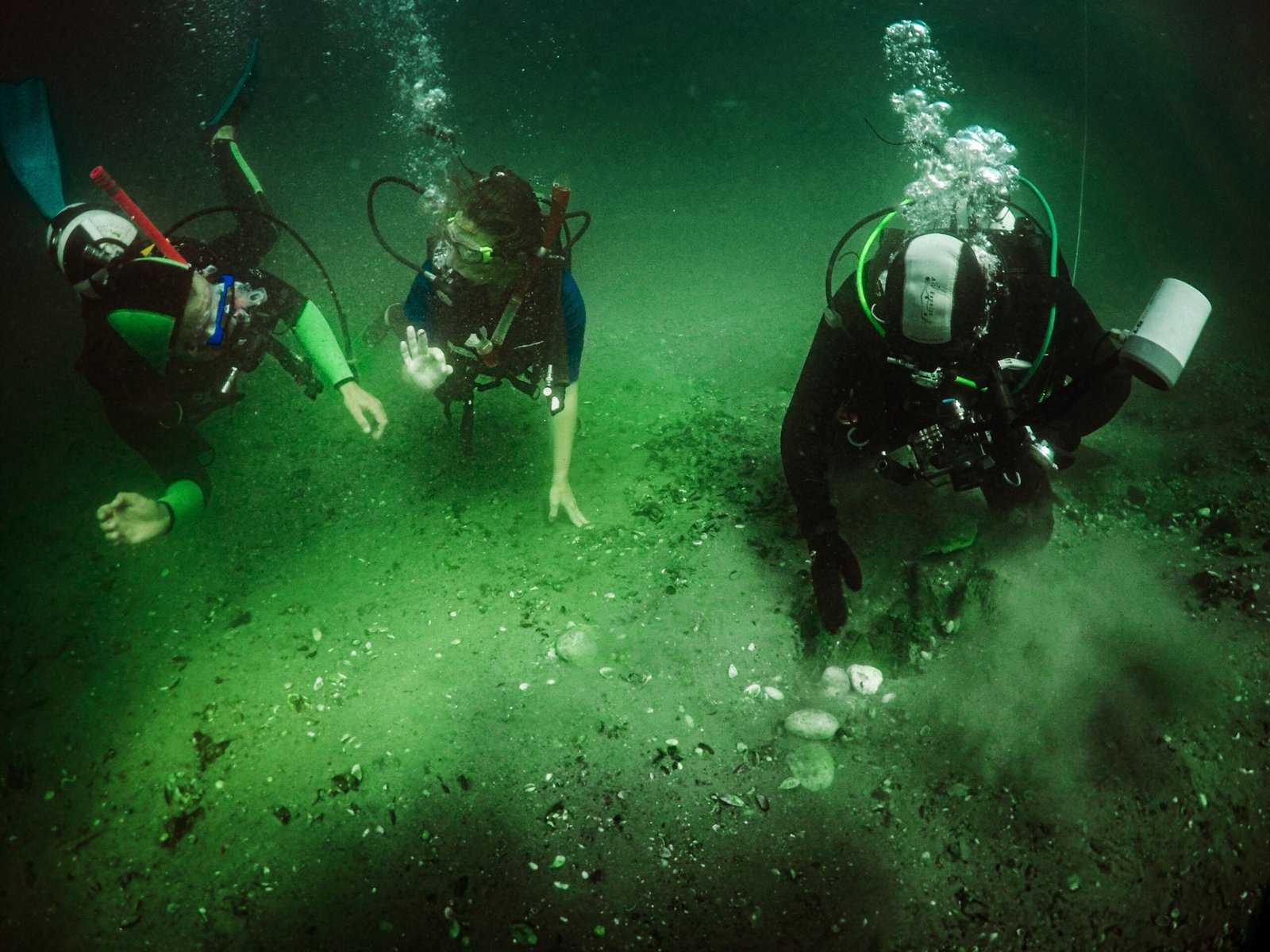
Some of Florida’s most astonishing finds are ancient burial grounds preserved underwater. At Manasota Key Offshore, divers uncovered dozens of human remains, some over 7,000 years old, resting in peat at the bottom of a now-submerged pond. The remarkable preservation of bones, brain tissue, and woven burial mats has stunned researchers, revealing rituals and beliefs from a time when Florida’s coastline was miles farther out. These sites challenge our understanding of how early people honored their dead, and they offer poignant evidence of enduring human connection across the ages. Each discovery is a silent conversation between the living and the long-departed.
Treasures of the Continental Shelf

Stretching far beyond today’s beaches, Florida’s continental shelf holds a wealth of archaeological sites. This submerged land was once the setting for ancient rivers, forests, and human settlements—now lost beneath the Gulf and Atlantic. Exploring this vast area is a daunting task, but every excavation brings the potential for groundbreaking discoveries. Stone tools, animal bones, and even traces of ancient campfires have been found, sparking dreams of finding the next big site. The excitement of discovery fuels ongoing research, drawing scientists, students, and adventure-seekers alike to the challenge of unlocking Florida’s underwater mysteries.
Collaboration Between Science and Community
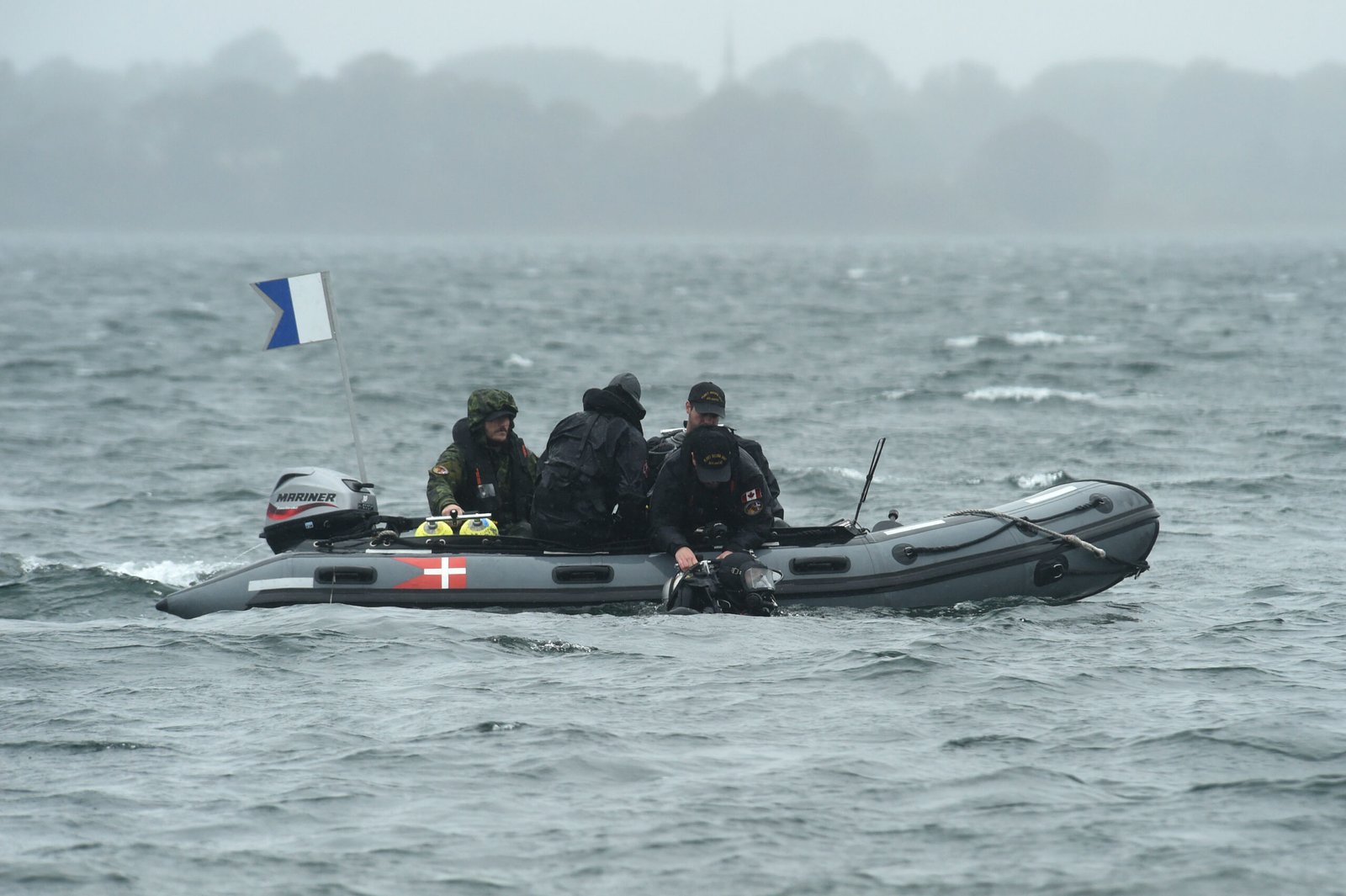
Protecting Florida’s underwater heritage requires teamwork—archaeologists, divers, local communities, and lawmakers must work hand in hand. Many discoveries have come from amateur divers who stumbled upon artifacts and reported them, sparking major scientific investigations. Educational programs and museum exhibits bring these stories to the public, inspiring a new generation to care about our shared history. By valuing these submerged sites, Floridians become guardians of a legacy that belongs to everyone. The sense of wonder and pride is contagious, drawing people together in the quest to preserve Florida’s ancient past.
Florida’s Underwater Secrets in Our Hands
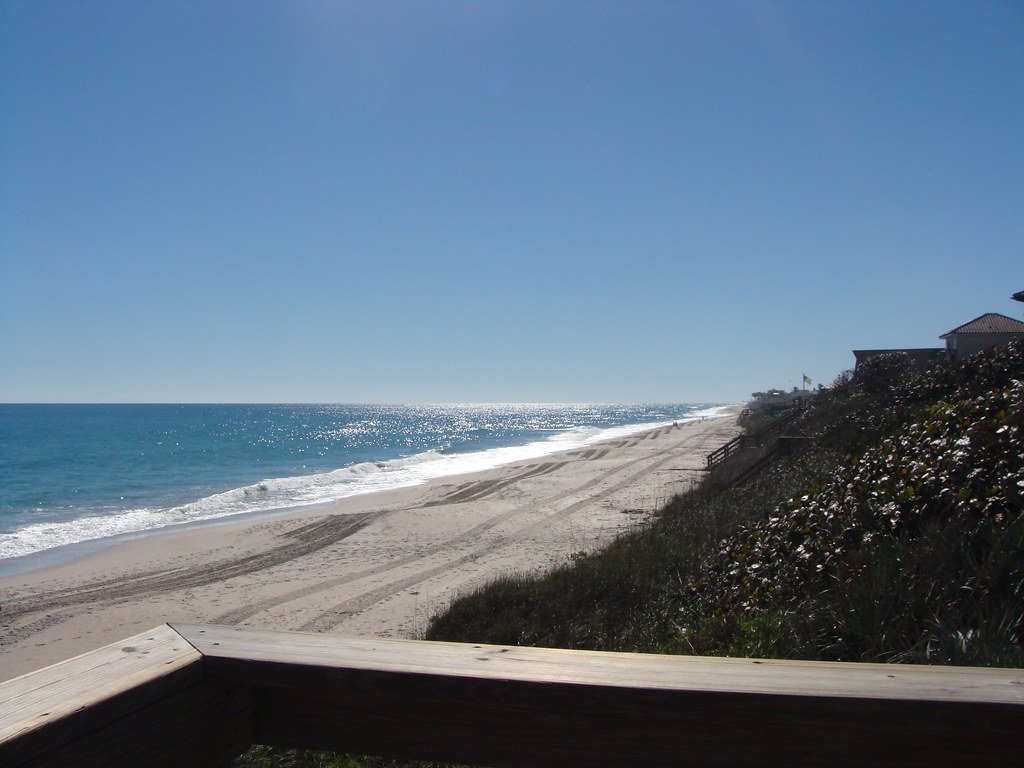
Florida’s underwater archaeological sites remind us that the past is never truly lost—it simply waits to be discovered. Each sunken artifact, shipwreck, or fossilized bone is a thread connecting us to lives and landscapes long vanished. These secrets challenge us to look deeper, to respect the fragile record beneath the waves, and to learn from those who came before us. The ocean’s depths hold many more mysteries, ready to inspire awe and curiosity. What stories will we uncover next?



